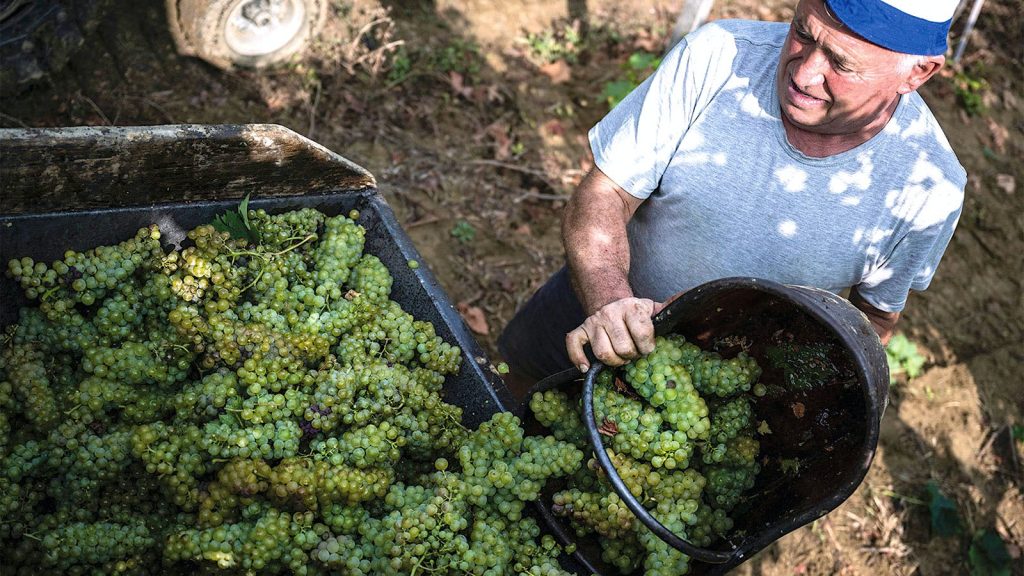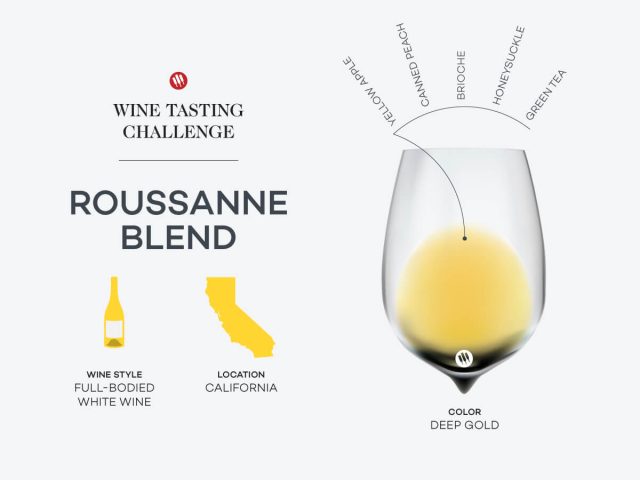Harvest: Italy Overcomes a Damp 2023

The rain started falling across much of the Italian peninsula in May, and it just wouldn’t stop. In Emilia-Romagna, six months worth of rain (20 inches) fell in six hours, flooding the streets of Bologna and Ravenna and triggering hundreds of landslides in the hills. Many of the region’s 130,000 acres of vineyards flooded as well, and workers couldn’t get to them to try and prevent mildew for days.
Emilia-Romagna was just the hardest hit region of much of central and southern Italy in what proved to be one of the most challenging growing seasons in years for many vintners. Overall, wine production is expected to decline by 12 percent across the country, according to estimates from agriculture officials and winemaker associations. Volumes are forecast to drop 40 percent in Abruzzo, known for Montepulciano d’Abruzzo wines; 20 percent in Tuscany; 25 percent in Puglia; and 30 percent in Sicily. Prosecco also faces lower volumes. Things are better in the north. Piedmont is expecting just a 2 percent drop, and the Veneto expects volumes to rise by 5 percent.
Meanwhile, several top producers say that the wine they have managed to make this year will be outstanding. With yields down in many places, grape quality was up.
“Harvest is going perfectly, with perfect temperatures and little humidity,” reports Alessandro Cellai, winemaker at Castellare di Castellina and Vallepicciola in Chianti Classico and Rocca di Frassinello in Maremma on the Tuscan coast. He adds that volumes are down by 10 percent, “but the most important is the quality that is really good. I am very happy in every winery.”
The biggest challenge was the heavy rains that arrived and overstayed their invitation across much of the peninsula and Sicily in May and June. Many regions had been experiencing drought conditions, so some rain was welcome. But then it kept falling. And it arrived during flowering, when vines are vulnerable to losing their flowers and any hope of grapes.
Even when the rain stopped, humidity lingered, which leads to fungal problems. Alessandro Gallo, winemaker for Castello di Albola in Chianti Classico, reported in late June that he had already lost parcels to peronospora, aka downy mildew. Temperatures then were hovering around 90° F, with high humidity. Oidium, aka powdery mildew, was starting to appear too. Antonio Zaccheo Jr. of Carpineto in Montepulciano said that peronospora lowered his yields by more than 15 percent in his 240 acres of vines.
In parts of Sicily, including on the prized slopes of Mt. Etna, the mildew was even worse, with downy mildew taking out more than 50 percent of the potential harvest. That was followed by wild fires in late summer, as the rains ended and hot temperatures arrived.
At the other end of the country, Piedmont was spared much of the heavy rains. The region has been experiencing unusually dry conditions in recent years, so what rain did fall was welcome. What was more challenging were frequent temperature swings, with a hot July followed by dips to 60° F in August. While that caused trouble for Dolcetto grapes, Nebbiolo appreciates chilly nights. Vintners are hopeful the resulting harvest will be good, even if quantities are down slightly.
A common theme from north to south has been the need to be prepared for anything. As the climate transitions and weather becomes less predictable, vintners will need to adapt quickly. But with wine sales currently dipping in many markets, they believe this year’s small harvest will not be too painful. And they are largely happy with quality.
“From the 2023 harvest, we will certainly obtain good quality wines, with peaks of excellence,” says consulting enologist Riccardo Cotarella, who is also president of the trade group Assoenologi. “Much will depend on the work, starting with that of the enologists, carried out in the vineyard and in the cellar. It is precisely in these unusual vintages that it is necessary to put all the technical and scientific knowledge to mitigate the damage of an increasingly unpredictable climate.”




